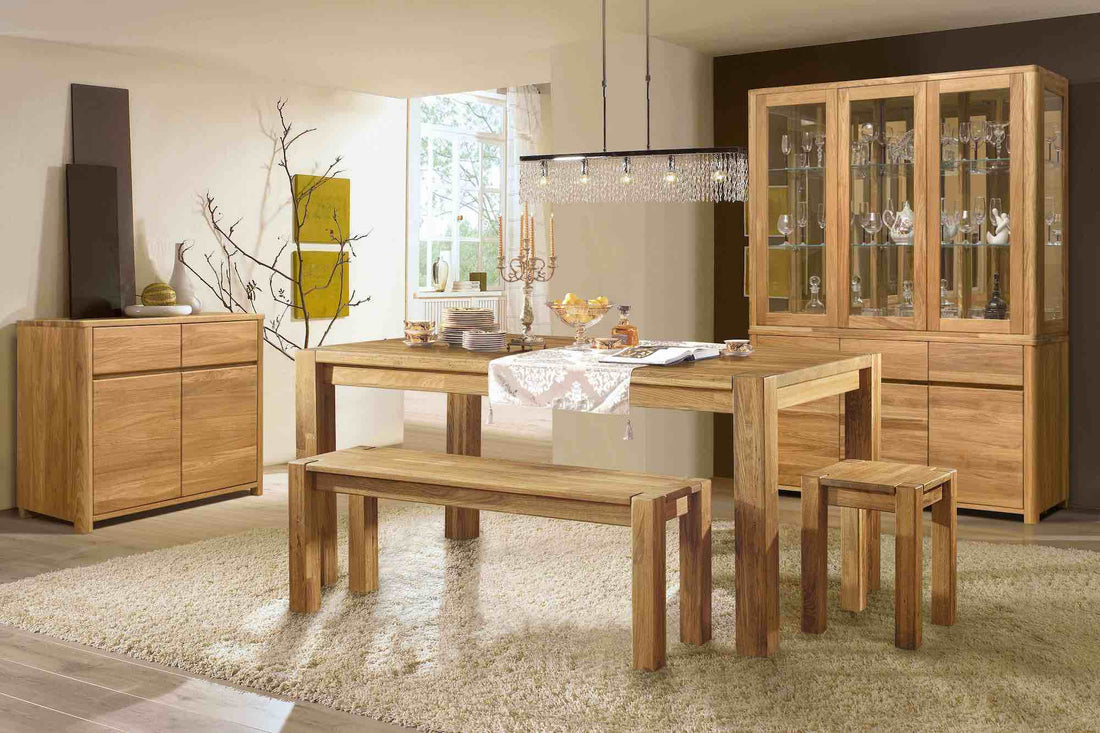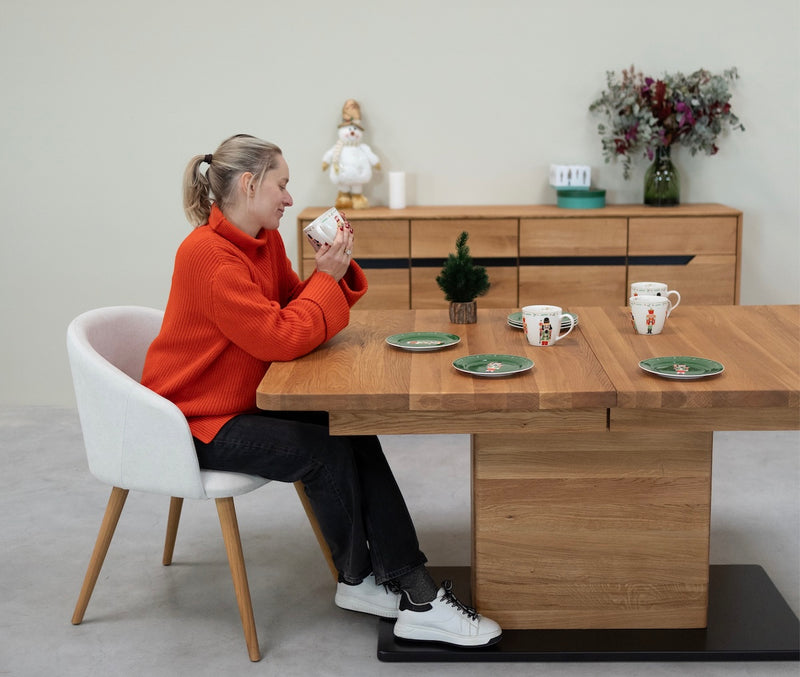
Our love of time in nature has been termed "biophilia" and explains our innate human need to connect with nature, resulting in improvements in health and well-being. By extension, "biophilic design" focuses on enabling a human connection to nature in the built environment, where we live, work, rest and play.
Research shows that successful implementation of biophilic design principles, including the use of wood inside a building, has clear physiological and psychological benefits that mimic the effect of spending time outdoors in nature. The feeling of natural warmth and comfort that wood brings to people has the effect of lowering blood pressure and heart rate, reducing stress and anxiety, increasing positive social interactions, and enhancing corporate image.
These benefits are particularly important for environments where it is difficult to incorporate nature indoors, such as hospitals, where strict health and safety guidelines may prevent the presence of plants, and office environments where the views from the window are of neighboring roads and concrete buildings.
Generally speaking, people like the look, feel and smell of wood interiors. This is a big advantage for wood buildings and interiors compared to synthetic alternatives.
A study commissioned by Forest & Wood Products Australia surveyed 1,000 people working indoors. The majority of respondents were dissatisfied with their physical work environment and described it with words such as "boring" and "closed".
However, those in wood work environments were more satisfied, felt more connected to nature, experienced their workplace more positively and took less time off. In addition, workers in more exposed wood workplaces reported higher productivity, better concentration, and a more positive overall mood.
Similarly, focus groups conducted in Austria, Finland, France, Norway and Sweden found that professionals and lay people prefer wood interiors. The look and smell of wooden interiors were associated with improved well-being. The Planet Ark survey of Australians showed a strong preference for wood furniture over plastic in office design. In addition, a survey of Norwegian hospital staff asked them to rate photographs of different hospital rooms, ranging from no wood to all wood finishes. Respondents showed a preference for working in a room with a moderate amount of wood compared to no wood or all wood. This intermediate level of wood in a room was described as pleasant, natural, relaxing and safe.
A recent study by organizational psychologists, Biophilic Design in the Workplace, surveyed 3,600 employees in eight countries. It found that employee well-being, productivity and creativity improved in a natural office environment. This study did not focus on the impact of wood interiors per se. However, it did find that employees in some countries in the survey, particularly Germany and France, reported being more creative in offices with wood. In addition, office workers in the UK were happier in working environments with wood.
The study does not account for these national variations in how workers respond to wood in their office environment, so future research should take into account national and possibly regional preferences for certain types of natural elements, including wood, in office design.
At Roble.Store you can find the best oak wood desks for your office or office.
